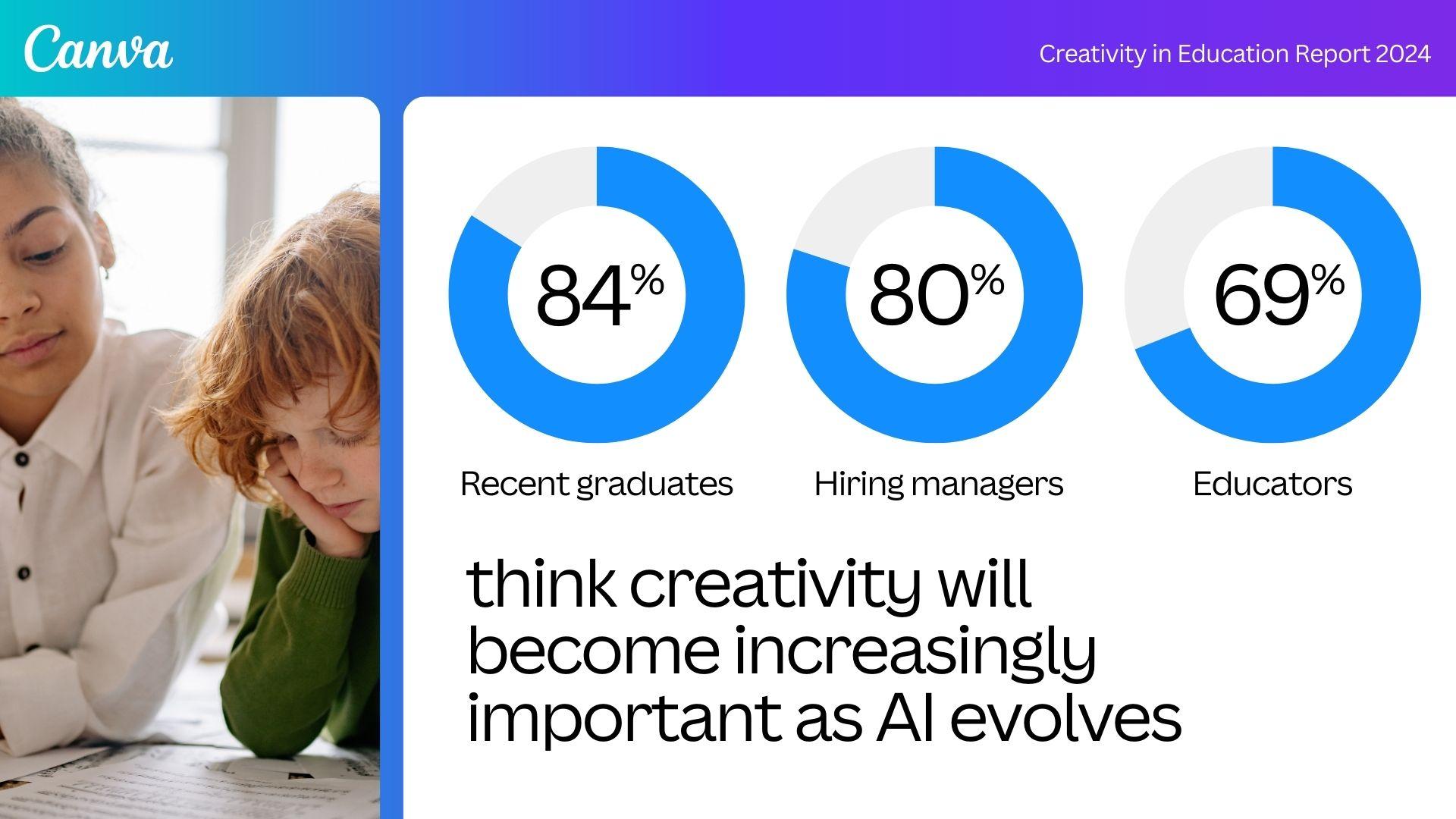How Government Policy Drives EdTech Innovation: key roles & Impact
In our digital era, education technology (EdTech) has become a critical driver in transforming traditional learning environments. Yet, behind every successful EdTech solution is the subtle but powerful influence of government policy.From funding and regulation to setting standards and fostering collaboration, government interventions set the pace and direction for technological advances in education. In this article, we’ll explore how government policy drives edtech innovation, examining key roles, real-world impacts, and best practices that shape the EdTech landscape globally.
Table of Contents
- Introduction
- Why Government Policy Matters in EdTech
- Key Roles of Government Policy in edtech Innovation
- Impact of Government Policies on EdTech
- Case Studies: Global EdTech Policy Successes
- Benefits and Practical Tips for EdTech Stakeholders
- Conclusion: Building a Future-Proof EdTech Ecosystem
Why Government Policy Matters in EdTech
Government policy in EdTech serves as the scaffolding upon wich educational innovation is built.Decision-makers wield considerable influence over how schools, districts, and higher education institutions adopt new technologies. Through funding,legislation,and strategic planning,policymakers can accelerate,inhibit,or redirect the path of EdTech development.
- Setting Priorities: Policies can establish national or regional priorities, such as improving STEM education, enhancing digital literacy, or increasing access to remote learning.
- ensuring Equity: Thoughtful regulation and investment help bridge the digital divide, ensuring all students have access to high-quality edtech.
- Maintaining Standards: Policies define minimum standards for privacy, content quality, and accessibility, fostering trust and adoption.
Key Roles of Government Policy in EdTech Innovation
1. Funding and Investment
Public investment is crucial to edtech startups and established companies alike. Grants, tax incentives, and direct funding stimulate research and development in EdTech, foster digital infrastructure in schools, and support teacher training for technology adoption.
- Initiatives like the US Education Innovation and Research (EIR) Program support innovative EdTech pilots.
- Many countries offer tax breaks for EdTech companies,incentivizing rapid development and deployment.
2.setting Regulatory Frameworks
From data privacy to curriculum standards, government regulations ensure that EdTech tools are safe, effective, and align with broader educational goals.
- GDPR (Europe): Enforces strict data privacy requirements, influencing how EdTech companies collect and utilize student data.
- COPPA (US): Protects children’s online privacy, shaping product features for K-12 learners.
3. Building Infrastructure
Broadband connectivity, device subsidies, and robust national learning management systems (LMS) rely on government backing. These foundations make innovative EdTech tools accessible to all.
- Rural broadband initiatives decrease gaps in digital access.
- Public-private partnerships enable wide-scale EdTech adoption.
4. Promoting Public-Private Collaboration
Governments frequently convene EdTech stakeholders — educators, tech firms, researchers — to solve challenges and accelerate impact. This collaboration often leads to scalable, user-centric solutions.
- Co-funding research projects between universities and EdTech companies.
- National EdTech forums that encourage sharing of best practices.
5. Encouraging Inclusivity and Accessibility
Policy interventions ensure EdTech innovation for all. From special education technology mandates to language localization standards, policy can guarantee education equity.
Impact of Government Policies on EdTech
The influence of government policy on edtech innovation is multifaceted. Here are some of the most meaningful impacts:
- Accelerated Innovation: targeted funding and research grants allow for risk-taking and experimentation in educational solutions.
- Enhanced Quality Assurance: Regulatory standards produce higher-quality, safer, and more reliable EdTech products.
- Greater Accessibility: Infrastructure investments and equity mandates close gaps for rural and underserved populations.
- Faster Adoption rates: Policy alignment and incentives shorten time-to-market for new tech in schools and universities.
- Improved Learning Outcomes: Policy-driven pilots and evidence-based approaches demonstrate tangible benefits for student achievement.
Case Studies: Global EdTech Policy Successes
United Kingdom: BETT and EdTech Strategy
The UK government’s 2019 EdTech strategy partnered with schools and businesses to solve eight key education challenges with technology—including assessment, teacher workload, and lifelong learning. Government-sponsored events like the BETT Show connect innovators with policymakers, accelerating the adoption of best-in-class EdTech.
Singapore: National digital Literacy Program
The Ministry of Education in Singapore launched the National Digital Literacy Programme, ensuring every secondary school student receives a personal learning device. Government-supported training ensures teachers effectively integrate tech into thier curricula,creating a self-sustaining cycle of innovation.
United States: E-Rate Program & ESSER Funds
The Federal Communications Commission’s E-Rate Program subsidizes high-speed internet and EdTech in public schools,while the Elementary and Secondary School Emergency Relief (ESSER) Fund has allocated billions to support remote learning infrastructure during and after the COVID-19 pandemic.
Benefits and Practical Tips for EdTech Stakeholders
Benefits of Policy-Driven EdTech Innovation
- Stability: Clear policy frameworks mitigate risks for EdTech businesses, attracting investment and talent.
- Scalability: National standards and interoperability guidelines help solutions reach wider audiences.
- Social Impact: Equity-focused policies transform educational opportunities for women, minorities, and students with disabilities.
Practical Tips for EdTech Stakeholders
- Stay Informed: Monitor government policy changes and funding opportunities relevant to EdTech.
- Engage in Advocacy: Join industry groups that help shape policy dialog with legislators and regulators.
- Design for Compliance: Integrate privacy,accessibility,and reporting features that align with current regulations.
- Collaborate: Seek partnerships with public institutions for pilot programs, research, and validation.
Conclusion: Building a Future-Proof EdTech Ecosystem
The role of government policy in EdTech innovation cannot be overstated. Strategic regulation, targeted investment, and deep collaboration ignite breakthroughs, reduce disparities, and redefine education for the digital age. For schools, entrepreneurs, and communities, understanding and leveraging policy levers is essential to unlocking technology’s full potential in learning. As global challenges evolve, the synergy between government intervention and EdTech creativity will remain central to delivering future-ready education systems.
Stay ahead: If you’re an EdTech professional, educator, or policymaker, continue exploring how policy shapes technology—and how you can help transform education for future generations.

